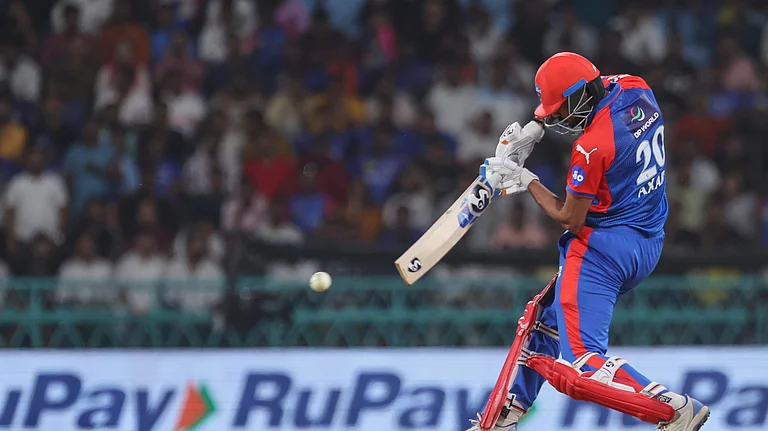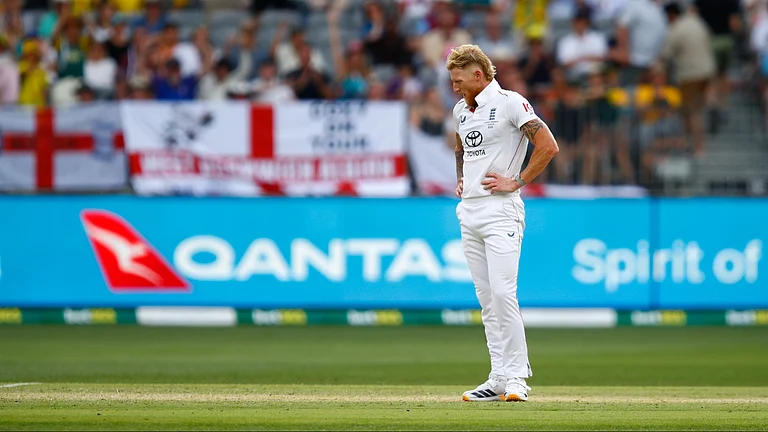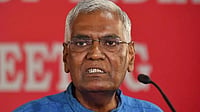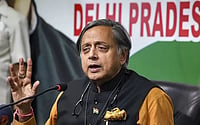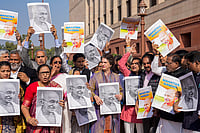HE is one star you don't see on the field, but many soccer fans agree that Sunil Gulati is one of the best team players in the US. A powerful negotiator, this 36-year-old is deputy commissioner of Major League Soccer, an organisation started last year to popularise the game in the country.
While Gulati says that "there is no tradition of football in the US", there is no doubting that he has made a major breakthrough. He rubs shoulders with athletes and FIFA (Federation Internationale de Football Association) members, and makes deals all over the world. He is responsible for signing on players and negotiating their contracts. The mix of players has to be just right, and there isn't that much money to play around with, only $1.1 million per team, a paltry amount compared to the money spent on other sports.
"The biggest challenge is dealing with so many different parts of the world, so many different cultures to get players in the field," says Gulati. "You're dealing with multiple languages and very short economic terms. It entails working long hours seven days a week." There's good news for him though—his administrative manoeuvres do not seem to have gone unnoticed. In a recent issue of Soccer magazine, it was observed: "Nobody in American soccer has accumulated the influence and power of Sunil Gulati while managing to remain virtually anonymous to the public." The magazine went on to describe Gulati's "vital yet stealth-like role in American soccer".
Randy Bernstein, executive commissioner of Major League Soccer, describes him as a "tremendous asset". "He is very well connected around the world. The respect he gets from all these people he deals with on a daily basis is a great asset," he says.
Gulati's passion for soccer goes back a long way. It started, he recalls, as early as the age of seven, when he lived in Connecticut and played his first game. "I was in it in various volunteer capacities," he explains. "First playing the game, then coaching at 14, refereeing when I was 15, administration at 17. Administration is what took off."
It took up a lot of his spare time, giving his parents, who moved to the US when he was five, some anxious moments. "I think they would have preferred me to have a little balance—not too far from most typical Indian parents in that respect," he says. But he did keep the balance, initially following the traditional academic route, getting a masters and an M.Phil from Columbia University, New York and teaching economics there before making his next stop as an economist at the World Bank. Meanwhile, he was also collecting laurels in soccer. In 1984, he got involved with the national team programme, going on to become the director of national games, chairman of the international games committee and managing director of national teams.
So, when he got a chance to work on the last World Cup, he jumped at it. "It was a huge success," he says. "What the World Cup proved was that if it is played at a high level Americans get interested. Working for the Cup was certainly different from working for the World Bank. Although in both cases I spent a lot of time in soccer, before it was every waking free hour, now its every waking hour."
From then on, Gulati had a new goal: to get Americans interested in soccer on a long-term basis. He joined Major League Soccer as deputy commissioner, working on acquiring players and negotiating contracts. He has negotiated some 300 players so far, and they have played 39 games this year. "There has been an average of 23,000 people for these. It's been roughly the same number for the baseball games this season. I don't think we're going to outdo baseball, but 23,000 is pretty good," he says Yet, soccer is one of the most maligned of American sports, sporadically dismissed as a college-level game, or a pastime for immigrants.
One of the things the soccer establishment has learnt is that it helps to turn each game into an event. Another is to set high goal averages (three to five per game) to keep audience attention riveted. They have also set a limit of four foreign players per team, to provide American players a better growth environment.
There seem to be enough people stepping forward to invest their money, for the moment. Says Joe Shramm, who represents AT&T's soccer sponsorship: "Major League Soccer has an asking price of $2 million per year for a period of no less than four years. AT&T are supporting it at different levels." And Gulati is enjoying every moment of it. Getting teams together, and seeing that everything works. "There are days when you say it's terrific. In a real sense, I'm employed in a hobby," he says.







